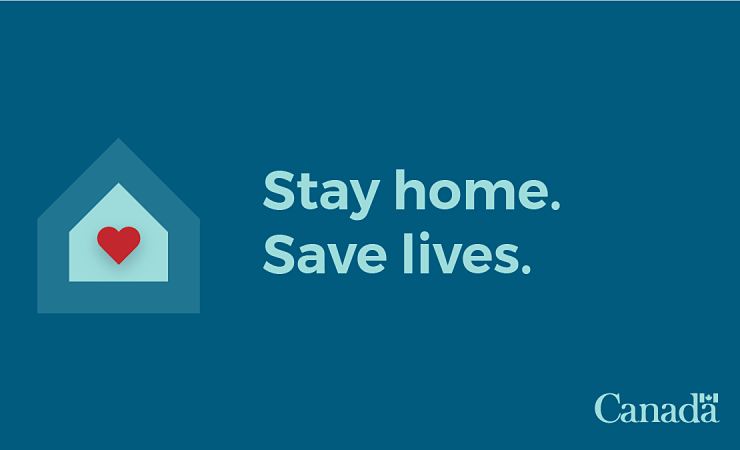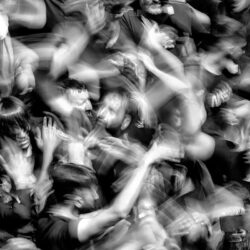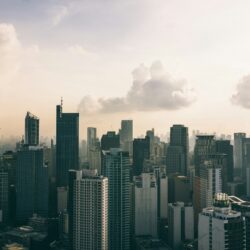Can Social Science Save Lives in a Pandemic?

Some years ago, as a way of showing the impotence of social science, especially psychology, I asked, ‘Why has psychology not created any weapons of mass destruction?” After all, the natural sciences, which are used as the models for social science, each have their own WMD. Biology has its biological weapons, chemistry its toxins and physics its nuclear weapons. Not even the most politically involved social science, economics, can claim to have produced a weapon that can destroy the masses (unless you want to count Marxism?).
But COVID-19 has turned the tables. Although it is a field day for virologists and cognate disciplines, who are having money thrown at them in ways that only The Space Race has experienced in the past, it is clear that the management, if not the eradication, of The Virus requires subtle control of the world’s populations. Behavioural solutions have to be in place at least until a reliable treatment and vaccine are available. Even then the uptake of these tools will require participation by everyone on an unprecedented scale.
So, do the behavioural sciences have anything to offer beyond cautions that would be regarded as common sense? In the U.K. the government has being hiding under the mantra of ‘following the science’. This has been derived from a specially established scientific committee with the clever acronym SAGE (Scientific Advisory Group for Emergencies). This has over 50 members, virtually all drawn from the medical and related biological sciences. How so many scientists can agree on succinct advice to give the government is a social psychological question that certainly merits careful study.
But somewhere in the early days of the pandemic it was decided that advice on ‘Behavioural and Social Interventions’ would be useful. Therefore, an advisory sub-group was set up, based on an earlier committee that had been in place for earlier epidemics, known as Scientific Pandemic Influenza Group on Behaviours, or SPI-B. It almost amusing to note, if it were not such an indictment of the bio-medical scientists and civil servants who set up this new group, that it was initially deemed to be dealing with ‘non-pharmaceutical interventions’. Inevitably one of the first acts of the group was to make clear that it was dealing with a distinct scientific area of its own, not a hodgepodge of disciplines that did not use drugs.
What the U.K. government wanted to know from the behavioural and social scientists was whether the pandemic would result in public disorder, what sort of interventions would be acceptable and how to communicate with the publica about any interventions decided upon. It should be noted that the sort of information requested, as so often when governments turn to social scientists, was in essence how to control the population. The fear of any politicians attempting to introduce Draconian measures is that either they will be ignored, or there will be some sort of uprising against them, or both. The appropriateness of these fears is revealed in the recent Black Lives Matters demonstrations after the murder of George Floyd. When people do not trust their politicians no amount of government propaganda will keep them under control without the horrific clampdown of a police state.
Of course, governments have to juggle a range of influences that have an impact upon the spread and fatality of The Virus. Computer models of the way in which it would spread under various conditions were certainly very influential. Yet, there is no subtle science needed to know that keeping people from being in contact with each other is a way of reducing the impact of The Virus. Whole village were closed off whenever The Plague emerged in medieval times. Shakespeare’s performances were stopped to prevent mass gatherings in theatres when the disease was spreading.
It has been suggested that the U.K. government’s decision to lockdown the country was delayed because of the behavioural science advice that people would not tolerate this for very long. That advice drew on public opinion surveys and what information could be gleaned from the experience of other countries. The behavioural advice on how to communicate with the country drew on the limited perspective of social identity theory (because the leading advocates of that approach were major players on the advisory group). This emphasised the need to make people feel they were all part of one social group. That others were isolating themselves so you should. This unitary identity is difficult to maintain when the impact of The Virus is clearly so different for people of different ages, or what are (inappropriately) referred to as different ‘ethnic’ groups.
Whether the behavioural and social science advice saved lives or increased mortality will probably never be known. Indeed, how much notice was taken of their advice by government will doubtless be debated. But what is clear, is that there are a much larger range of social questions that this pandemic has thrown up, than how to keep the populace under control. The UK government has produced a plethora of documents, well over 50 at the time of writing, ranging from such matters as the likely increase in mental illness, the reduction in feelings of wellbeing and the environmental impact. In this age of the online survey, thousands of experts, and tens of thousands of people are regularly being asked for their views in everything that can be thought up. How this all can be digested to inform the public and policy makers is itself now an important topic for research. This site, https://post.parliament.uk/category/analysis/covid-19/, opens what some may consider a cornucopia of information (others a can of worms).
With my background in environmental psychology, though, I cannot help feeling that a central issue has been undervalued. This is the significance of places for our identity and experiences. What does it mean when The Home is now a place of isolation? For those who are threatened in their home by a partner it becomes even more of a place of torture. For others it has to become a place of work, rest and play, much more that it ever was. What are the implications of working at a distance, only connected with your colleagues suffering the vagaries of online communication? Organisational psychologists have always known that the work experience is much more than doing a job. There were many studies of joblessness in the 1980’s will these be revisited again?
I cannot help feeling that now is the time for a much more integrated relationship between the bio-medical and socio-behavioural sciences. Perhaps together they help to generate a new normal that benefits everybody?



























































































